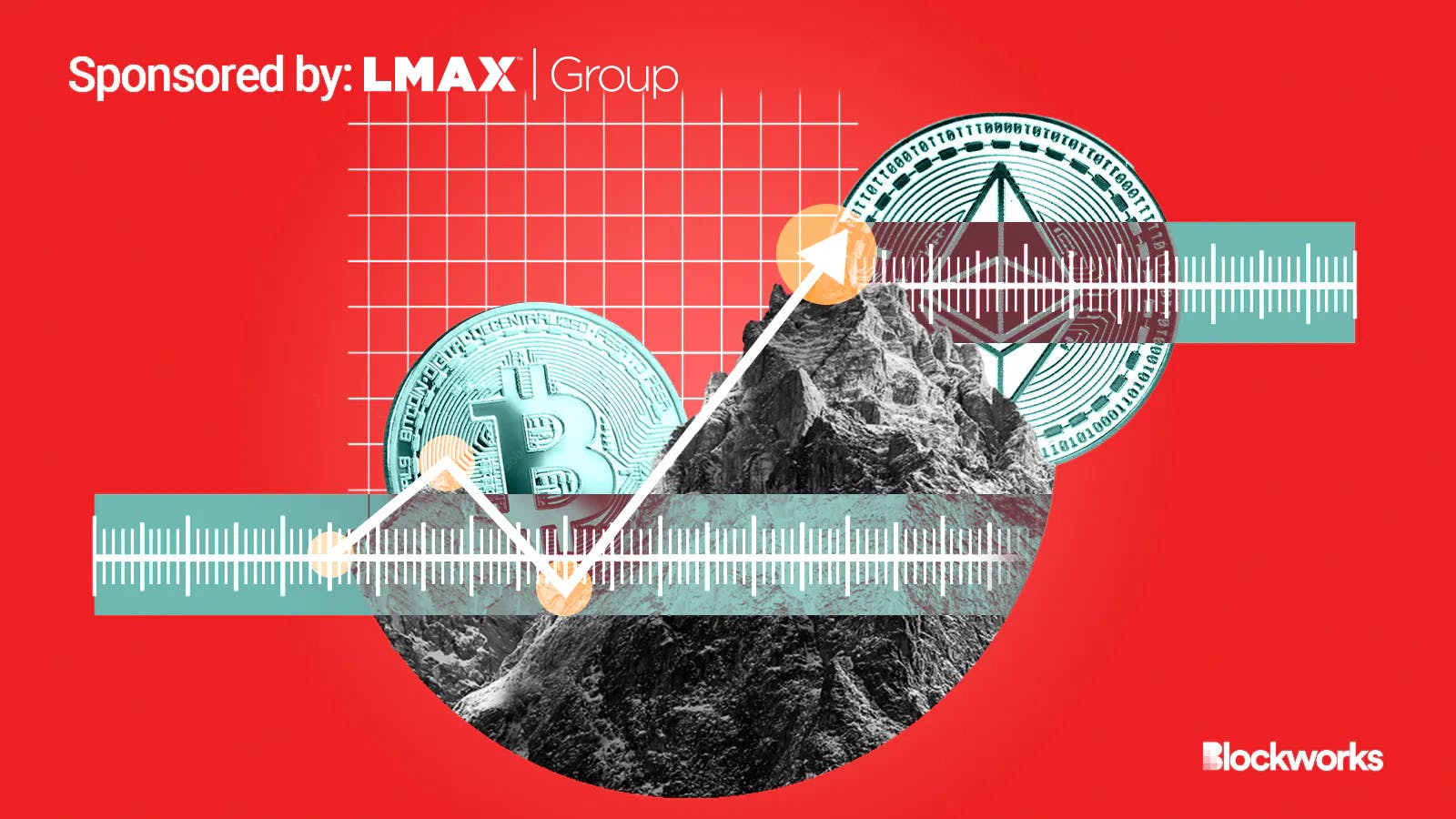What derivatives history tells us about crypto’s future growth
Derivatives offer a blueprint for how a misunderstood asset, like crypto, can achieve widespread support across financial markets

Artwork by Crystal Le
Capital markets are an ever-changing constant in modern society. Their role has evolved across centuries, driven by the gradual progress of product innovation and the globalization of capital, particularly in the last few decades, in which we’ve seen unprecedented development in how markets operate.
Algorithms have overtaken humans in asset trading, and innovations like derivatives, originally feared and scorned, have become an integral part of daily trading. Today, we are all witness to the digitization of markets—everything from tokenization to stablecoins—as the cryptocurrency industry seeks to reshape the very foundation upon which the traditional system rests.
The question remains: Where does this all lead?
In pursuit of answers, this article explores the history of capital markets, taking learnings from the bumpy rise of derivatives to contextualize the rise of cryptocurrencies and other digital assets in today’s market. Let’s wind back the clock to see what history can teach us about the future.
The emergence of derivatives
Derivatives are financial instruments that provide investors with exposure to the price movement of an underlying asset without the need for physical ownership or exchange. Their history can be traced back to ancient Greek and Roman times, with significant marketplace developments occurring later in the 17th and 19th centuries with options and futures contracts first facilitating the trading of agricultural commodities and later, company stocks. Fast forward to recent years, and the derivatives market has swelled into a multi-trillion-dollar behemoth.
But this rise was no walk in the park, bearing striking similarities to crypto’s journey thus far.
Early years saw limited supervision and localized development, where marketplaces were mostly self-regulated, meaning participants had to rely on key judicial decisions for guidance.
Whilst CBOT and CME opened in 1848 and 1898, with a focus on trading agricultural futures contracts, it was not until the Commodity Exchange Act in 1936 that this local focus gave way to important national regulation. From this point, the regulatory landscape continued to develop alongside the growth of the derivatives markets with the establishment of the U.S. Commodity and Futures Trading Commission (CFTC) in 1974, and the Commodity Futures Modernization Act (CFMA) in 2000.
These regulations provided legal certainty and introduced clearing houses and clearing requirements, reducing counterparty risk, and ensuring efficient international trade settlement. This underpinned innovation with CME and CBOT, both well established in agricultural futures launching contracts on financial instruments, and then the Chicago Board of Options Exchange (CBOE) opening in 1973 – further expanding the derivatives markets.
Despite regulatory progress, there were continued concerns about volatility amplification, financial instability, and instrument complexity, with critics pointing to the Global Financial Crisis of 2008 as, at least in part, a derivative-led catastrophe. As a result of the concerns, further regulations were introduced to focus on financial market stability under the Dodd-Frank Act (2010).
Volatility, financial instability, instrument complexity, financial collapse—sound familiar?
As with the early days of derivatives, cryptocurrencies are developing under regional regulatory oversight and varying market conditions. Key judicial processes are underway in the U.S. that will no doubt influence the direction the U.S. Government and regulators take when deciding how to proceed with proposed legislation like the Financial Innovation and Technology for the 21st Century Act. Despite concerns around the cryptocurrency market, its capitalization has increased from $14 billion as of November 2016 to approximately $1 trillion today.
Derivatives are a fitting example of history showing us that bumps occur along the path to asset class maturation, but these need not derail future growth. Under the supervision of regulatory authorities, they eventually flourished and gained global traction.
Embracing the digital evolution of capital markets
Today, derivatives are a mainstay of capital markets, offering a blueprint of how the combined efforts of local and global financial jurisdictions can embrace a once-misunderstood financial instrument and foster innovation in the long term.
In the context of digital assets, it is crucial to acknowledge the myriad of benefits that could emerge from a fully digitized system. Such a system promises enhanced speed and reduced operational costs of doing business in the global financial ecosystem and builds liquidity in traditionally illiquid asset classes. It would also pave the way for instantaneous transaction settlements and immediate transfers of beneficial ownership. Markets, further enriched by access to real-time data, would witness heightened transparency and accuracy, becoming increasingly inclusive and offering frictionless access, akin to the transformative advent of derivatives. The expansive benefits of digital assets lie in their potential to broaden distribution and open up opportunities for all market participants.
Although digital assets are a newer phenomenon, many of the issues they currently face are historically familiar. Through collaborative dialogue between market participants and policymakers, fully integrating crypto assets into capital markets is attainable. We already have lessons from the past; now, it’s time we boldly apply them.
This content is sponsored by LMAX Group.
Get the news in your inbox. Explore Blockworks newsletters:
- The Breakdown: Decoding crypto and the markets. Daily.
- 0xResearch: Alpha in your inbox. Think like an analyst.






